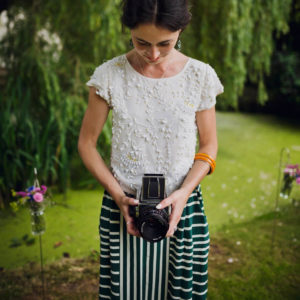
Louise Long is a London-based photographer and writer with a focus on culture and travel. Her work has been published in Wallpaper*, CEREAL, British Vogue and Conde Nast Traveller amongst others. She is also the founder of Linseed Journal, an independent publication exploring culture and local identity.